The investigation of EU law violation started
Since many people in Slovakia are uncertain from the news about Brussels's investigation of Landscape revitalization program for alleged violations of European and Slovak legislation, I am offering an example of flood protection solutions in the village Roztoky in Svidnik district, about who? and how? breaks the law. In Roztoky, stream regulation project with the costs of 5 mil. € funded by the European Union through the Operational Program Environment is implemented. In the same time, another project for 50,000 €, funded through a government program of Landscape revitalization is implemented as well. Neither one of these projects was assessed for environmental impacts; according to the Act No. 24/2006 about assessing environmental impact (EIA). In the first case because on the request of the applicant, the district office in Svidnik pursuant to paragraph 22 sec.7 of the Act, waived the requirement of alternative solution. Therefore, assessing the impact of river flow regulation investment on environment did not take place.
In the second case because the Act No. 42/1994 on civil protection was applied, which was necessary to take corrective measures in the landscape structures to protect lives and property of citizens.
Classic flood protection by stream flow regulations holds-over
In this respect, there is no difference between these projects. Flood protection by regulating river beds, which should solve the safety of the citizens against floods in the place where the regulation is done, is at the expense of the safety of citizens living downstream. Why? Because the regulated sections of streams are accelerating passage of flood waves and increase the risk to communities downstream. This is reflected in the destructions of structures standing in the stream flow downstream. This is obviously in conflict with one of the basic principles of sustainability (solidarity).
Flood protection through the revitalization and improvement of water retention potential of the landscape on the other hand contributes to the safety of the settlements, where arrangements are made, but at the same time contributing to a flood security for all municipalities under the completed projects.
Currently, 64 projects- in the classic way of stream regulation- are implemented in cities and municipalities across Slovakia, in aggregate for more than 93 mil € (77 mil € from the European Union, 11 mil € from the state budget and 5 mil € from the budgets of municipalities). More than 95% of this investment is to regulation of water streams. Costs invested in this way in flood protection projects reached 1000 - 2200 per meter of stream regulation.
Financially, the greatest investment with a total length of 2280 meters of stream regulation is implemented in the above mentioned village Roztoky on East Slovakia. This is the end village on the border with Poland and belongs to the catchment of the river dam Velka Domaša. The regulation of the river in the village, which has 316 inhabitants (www.roztoky.sk) invested 5 mil €, or 2200 € per meter of stream regulation. The investment is therefore more than 15,000 euros per capita, and per family of four of more than 60,000 euros, which is probably a Slovak record in the costs of flood protection.
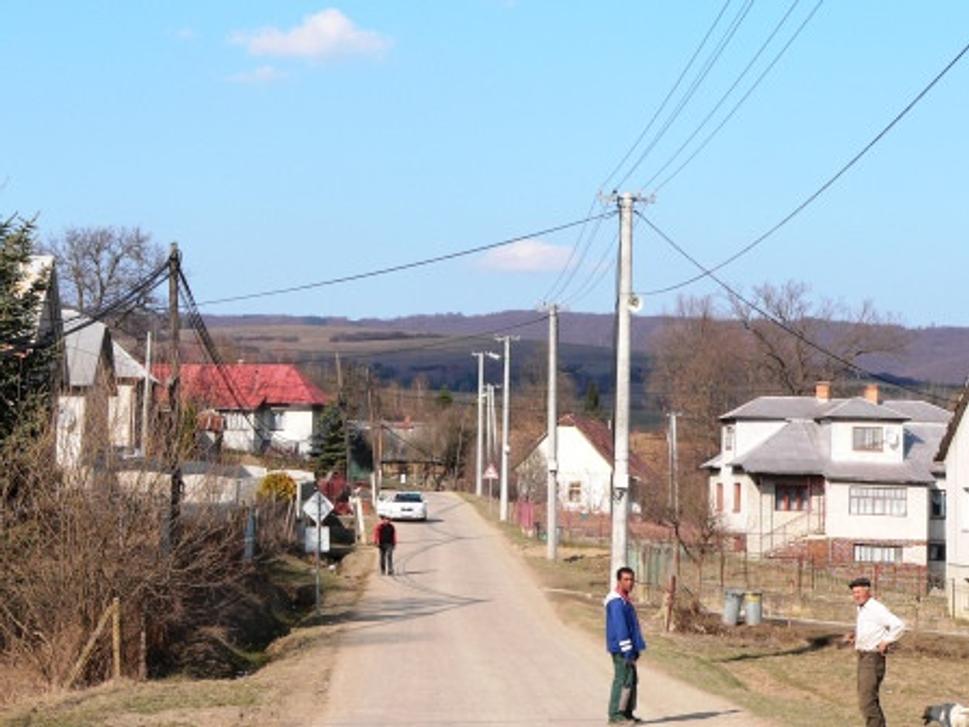
In the village Roztoky, with the land area of 1126 ha, during extreme storm with 100 mm of rainfall, the flood wave run-off from the land area amounts to approximately 550,000 cubic meters. If we subtract about 50% of the rainwater draining into the valley below the village, then we can realistically consider the volume of the flood wave flowing through the village of about 300,000 cubic meters, with culmination of 100 year water at about 40 m3/s. Regulation of the stream, besides flood protection, has no other positive effects, but negative effects. It contributes to the drying of the environment and the volume of the flood wave moves to the neighbor's head at the bottom of the stream (Vyšný Orlik, Svidník Stropkov, Miňovce), of course, with the volume of eroded material of approximately 50,000 cubic meters, which stops down in the Velka Domaša dam.
Please note that reservoir Velka Domaša was nearly empty after the driest year ever, in the fall of the last year. The water regime of the dam is dependent on a constant and sufficient flow of water into the reservoir. The stage of damage in forest-agricultural and urban landscape restricts rainwater to infiltrate into underground springs and therefore the river dries up quickly and therefore, in times of drought, less water flows into the reservoir. All water stream regulations contribute to this unfavorable situation in any catchment of water reservoir.
If the municipality Roztoky implements stream regulation to divert the flood wave in the volume of 300,000 cubic meters, this water takes away sediments, which will be deposited in the water reservoir, while water will be not - it drains out of it. If the village implements water retention solutions built on elements of above-mentioned cyclic retention of rainwater in the structures of the landscape, water reservoir Velka Domaša should be able to cope better with floods and drought. Curiously, the Office of Environment, which issued the decision to abandon the assessment of environmental impacts, does not consider this context important. In addition, it remains convinced that there is no alternative solution.
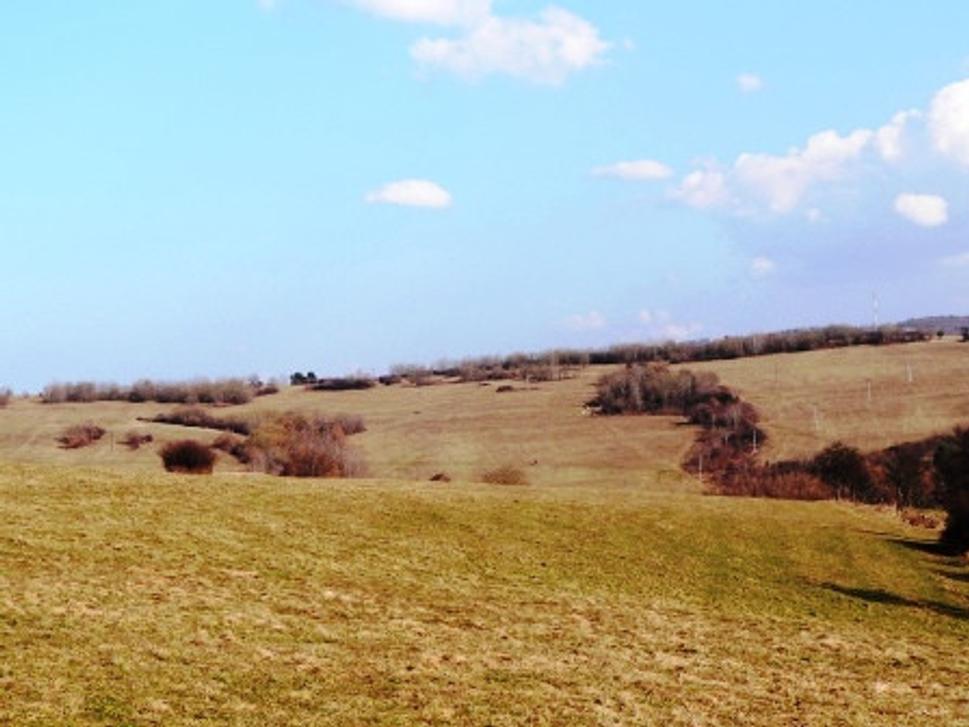
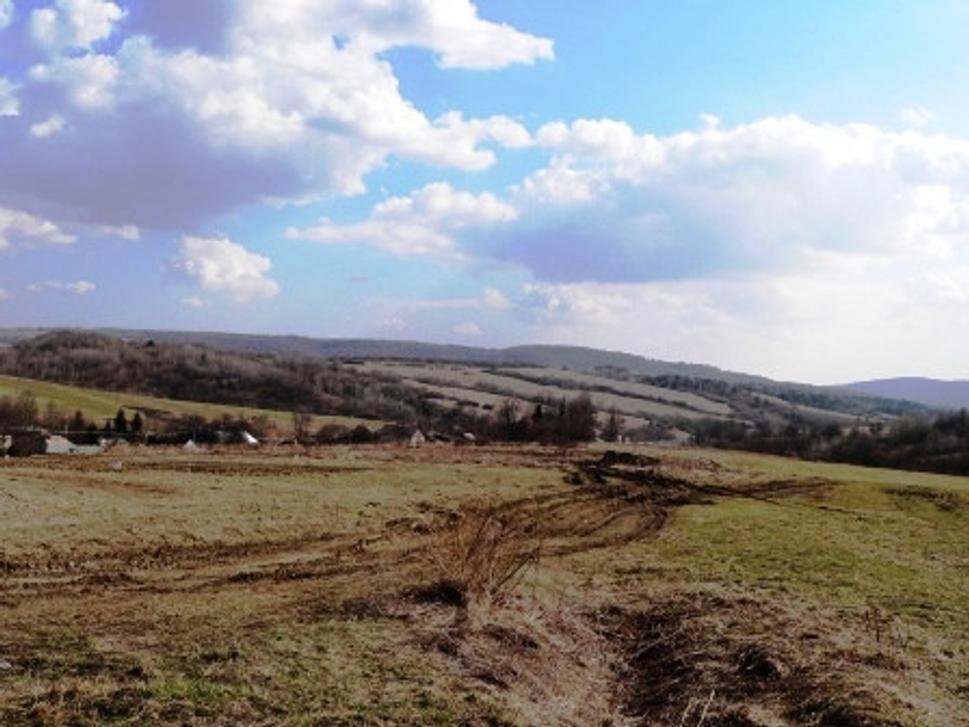
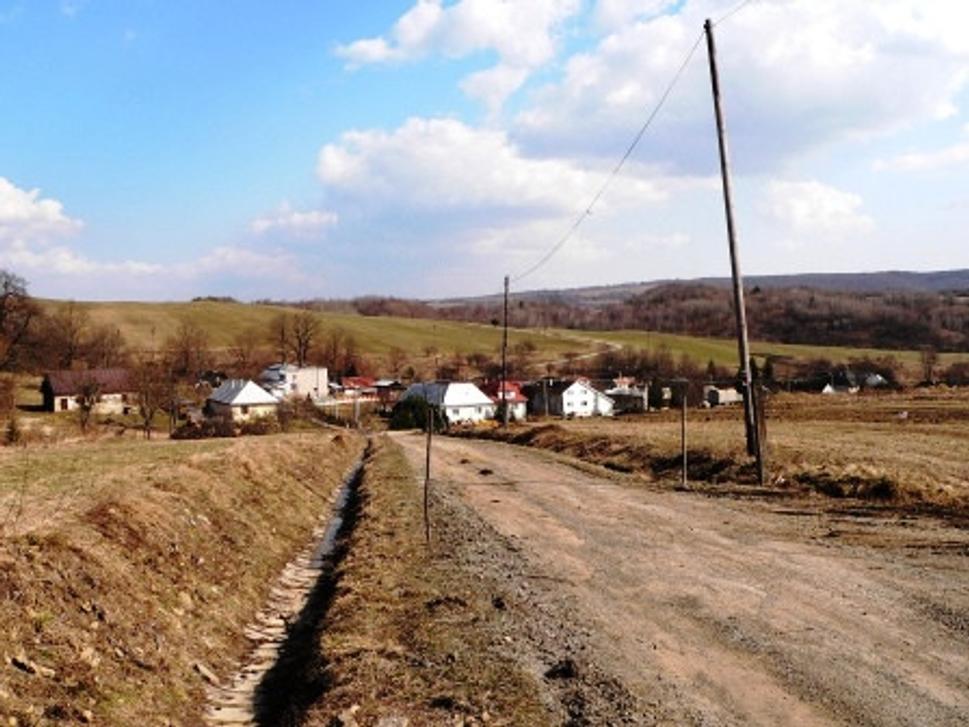
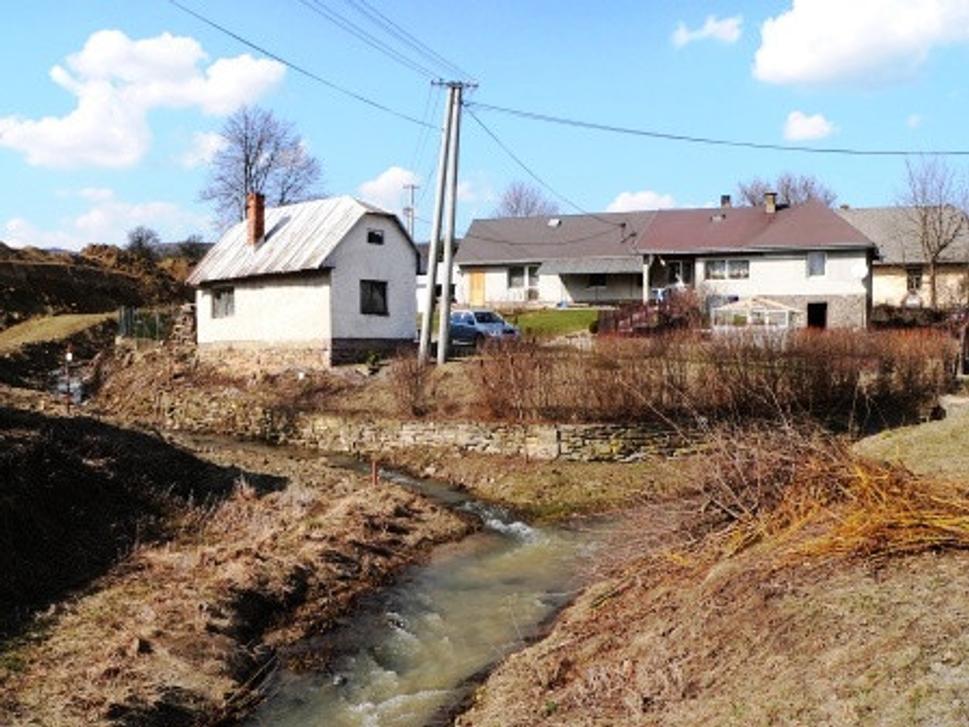
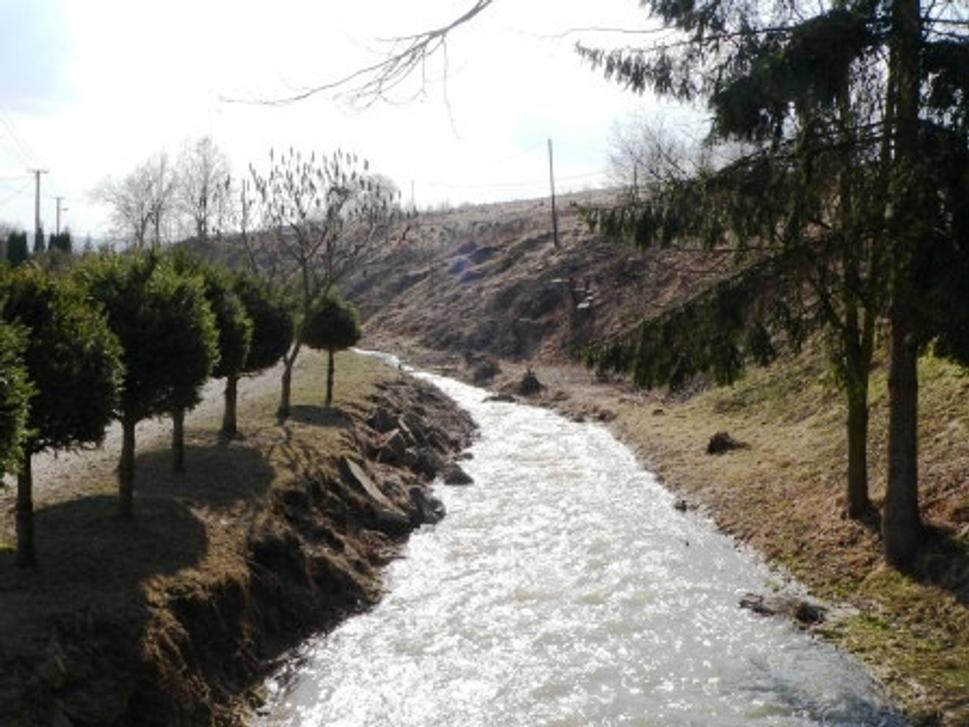
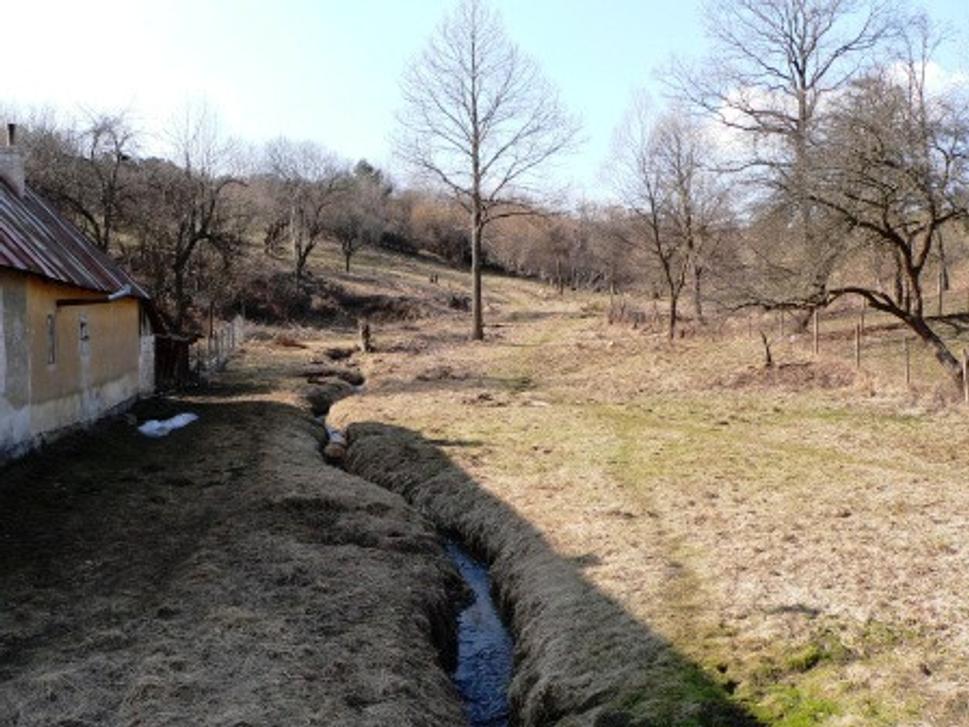
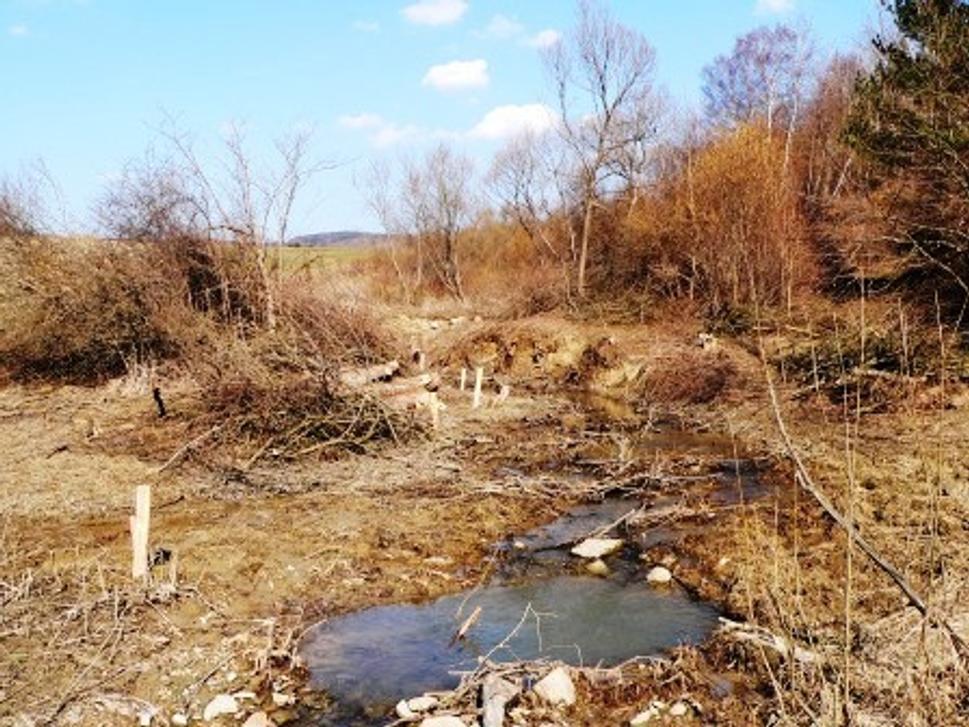
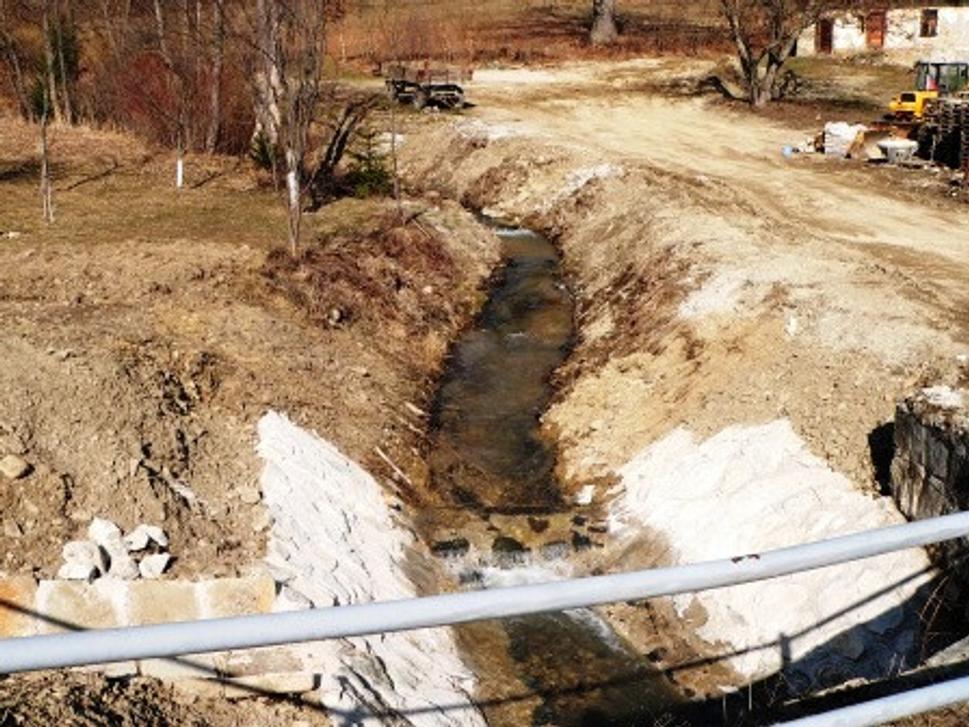
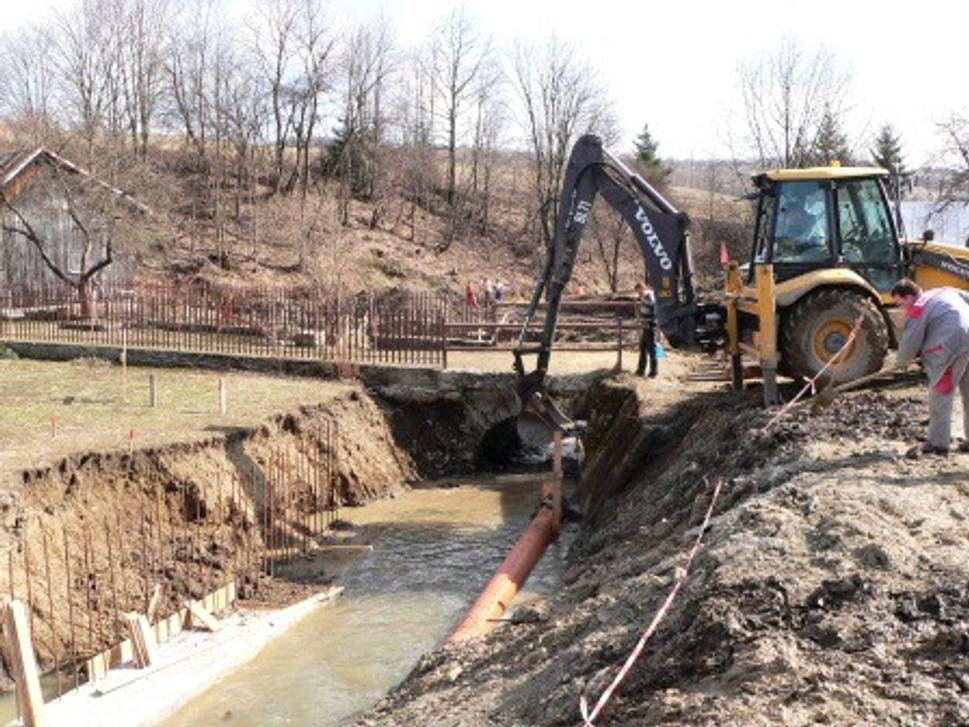
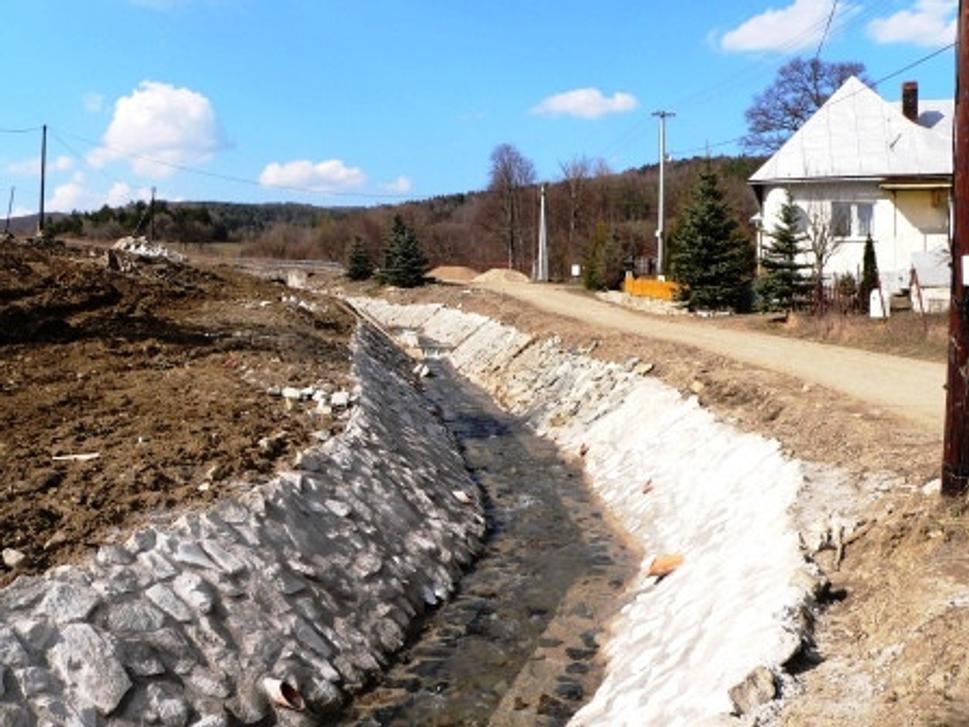
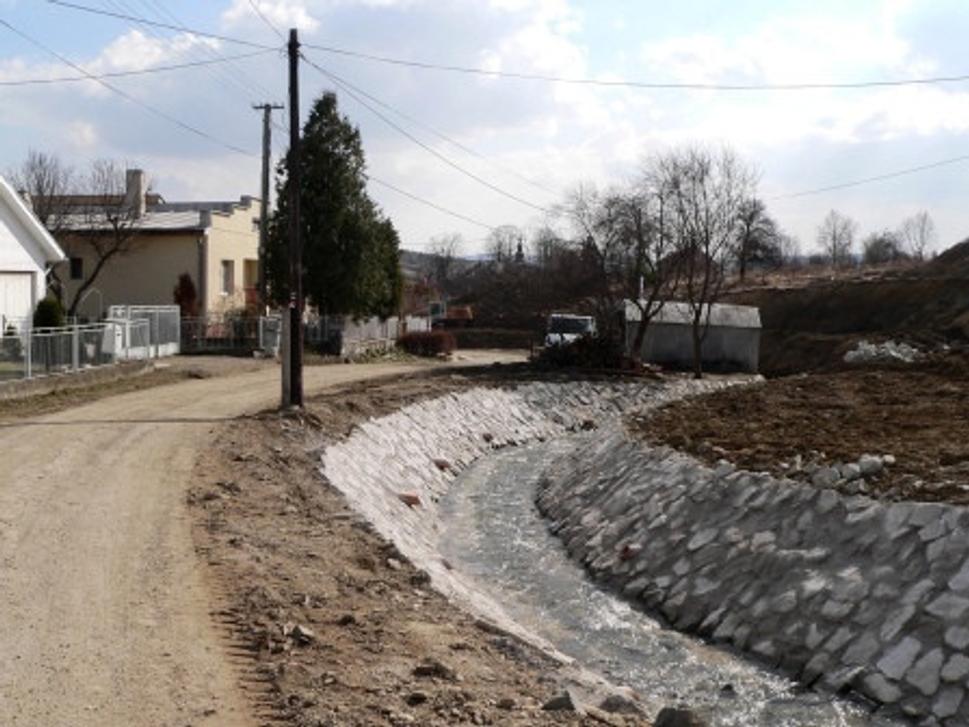
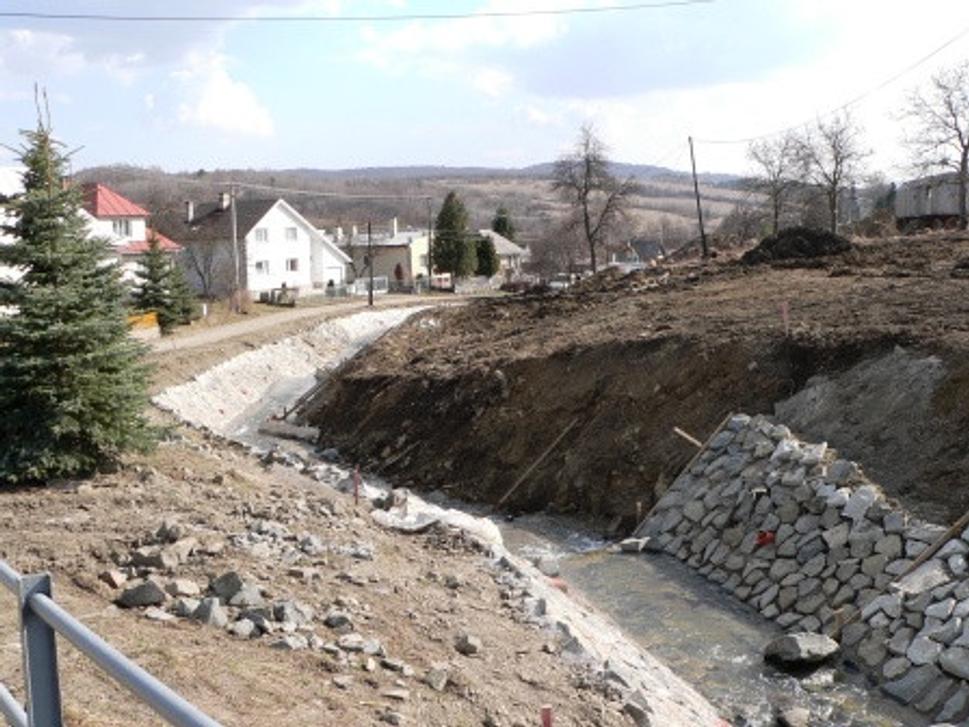
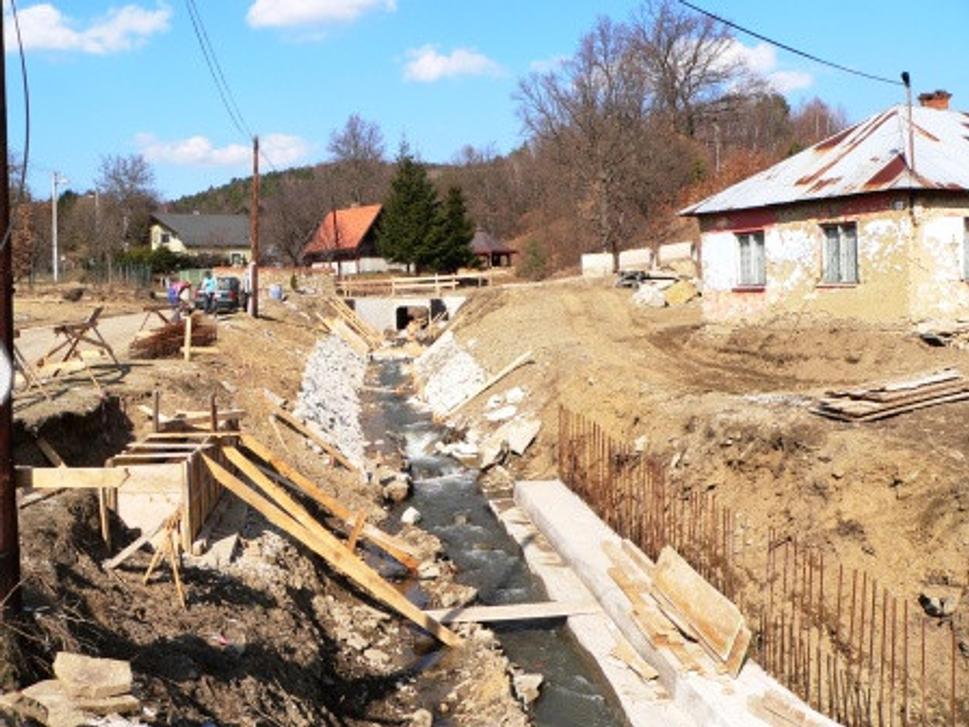
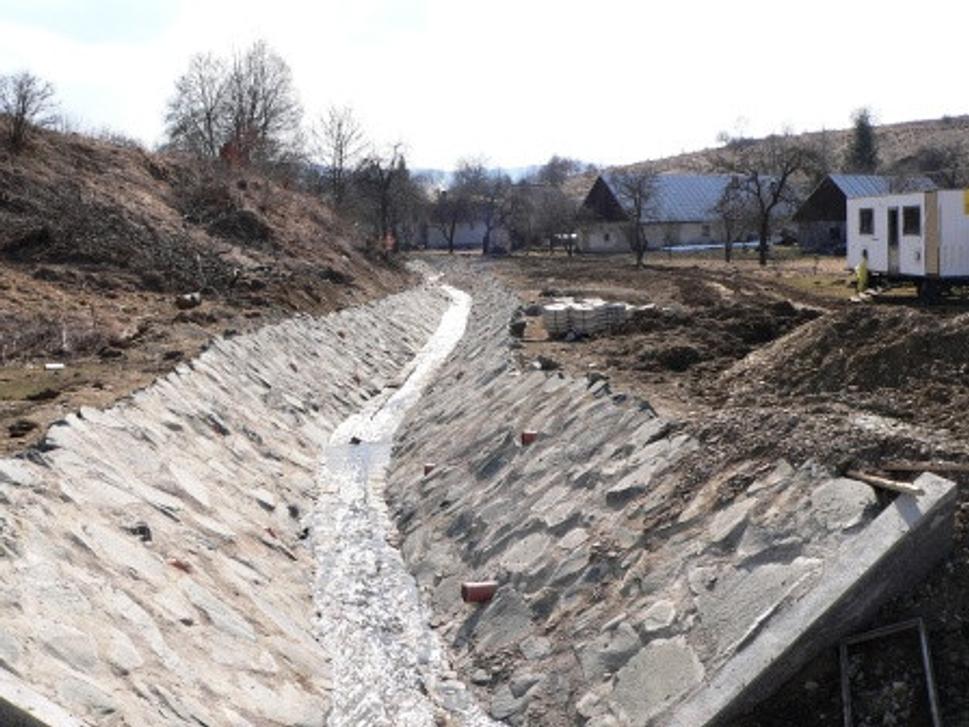
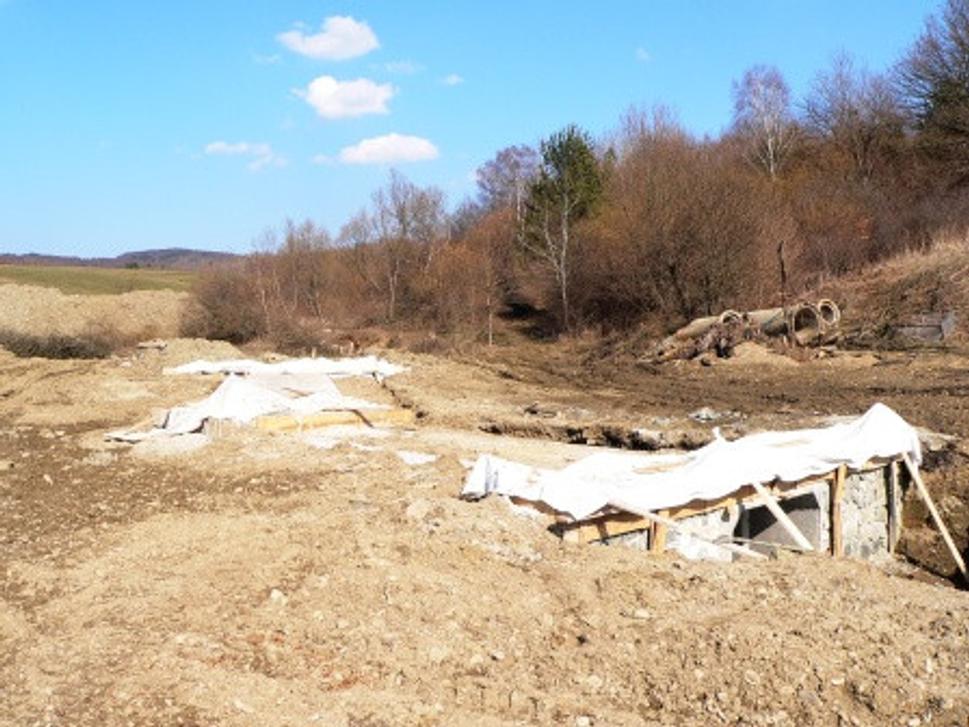
Flood Protection through Restoration of damaged parts of the landscape
What are the alternative solutions? One is the retention of rain water in the landscape structures, so rain water will run-off slowly, and more water will be left in the landscape. Through the construction of rain water retention measures in volume of 300,000 cubic meters, the village would not be threatened by flood even during the extreme rainfall of 100 mm. If we want to reduce the 100-year flood flow to a 5-year flood flow, it is sufficient to build water retention measures in volume of approximately 150,000 cubic meters. This will reduce flow during flood culmination from 40 m3/s to about 15 m3/s. This requires investment of 600,000 € (12% of the realized investments to date for the regulation of streams in the village).
In the municipality the construction of cyclic water retention measures started, up to date in the volume of 10,000 cubic meters within the Landscape Revitalization Program funded by the state budget (€ 20,000) and the European Social Fund (€ 30,000), the implementation of which also involved 10 long-term unemployed through § 50j of the employment Act . Here's the result:

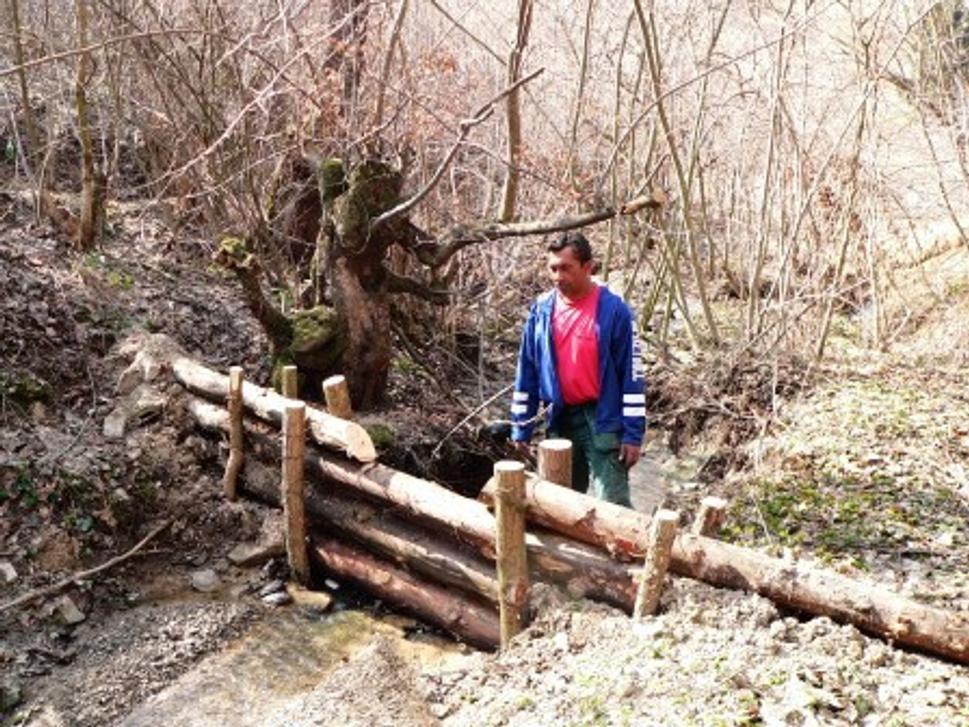
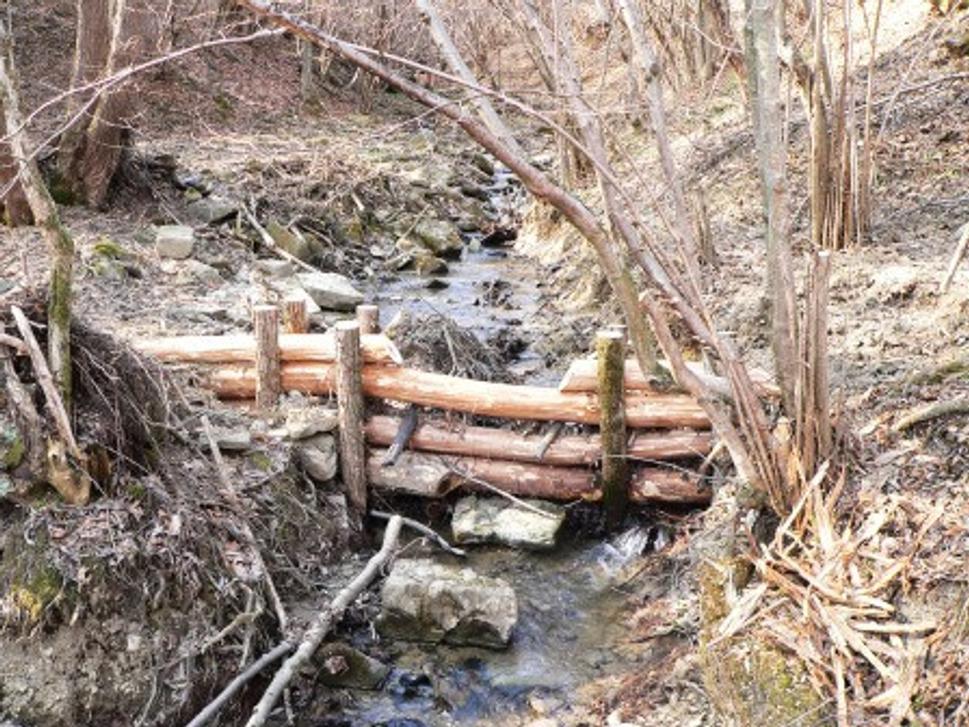
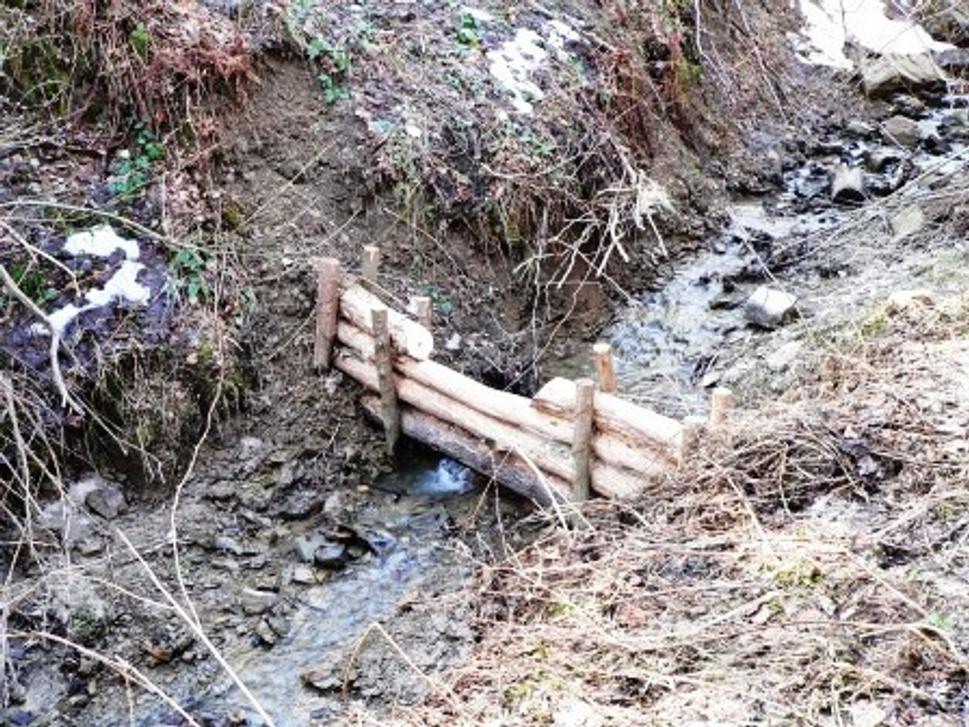
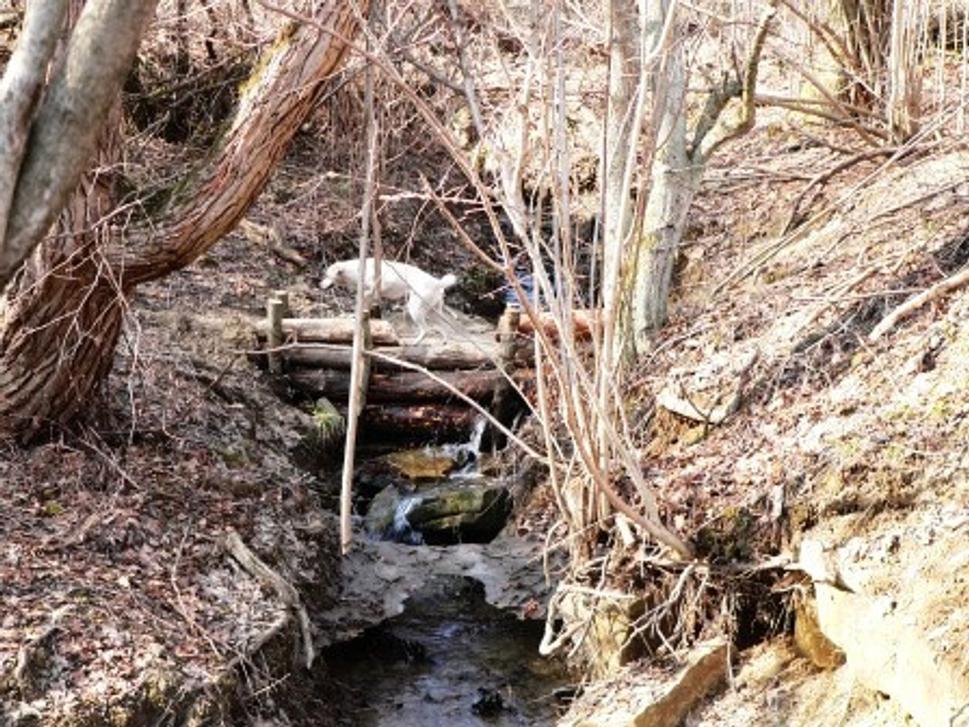
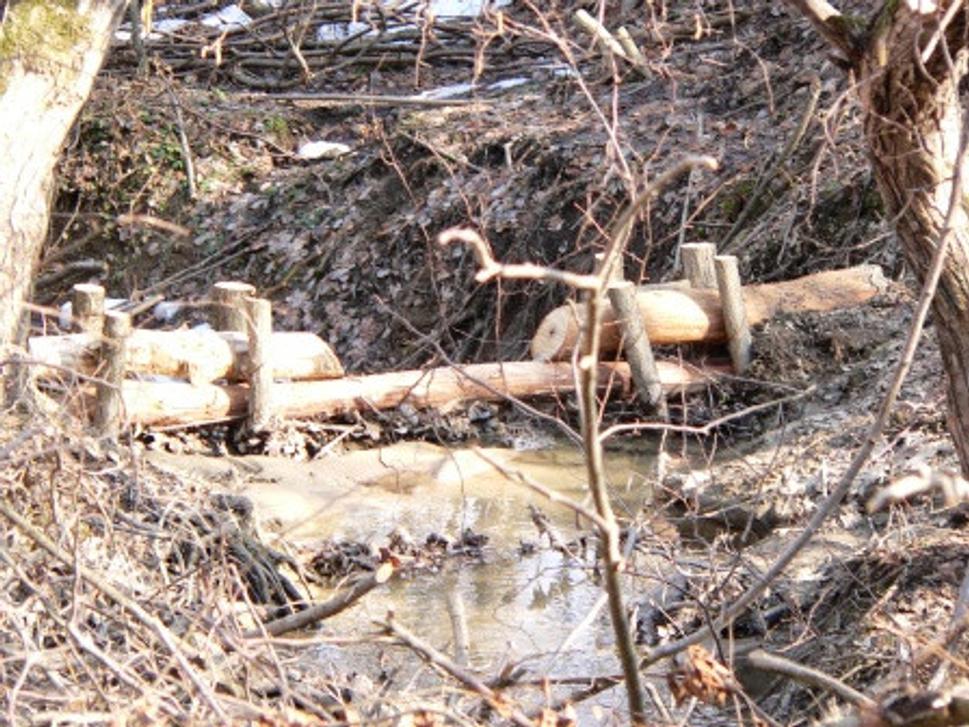

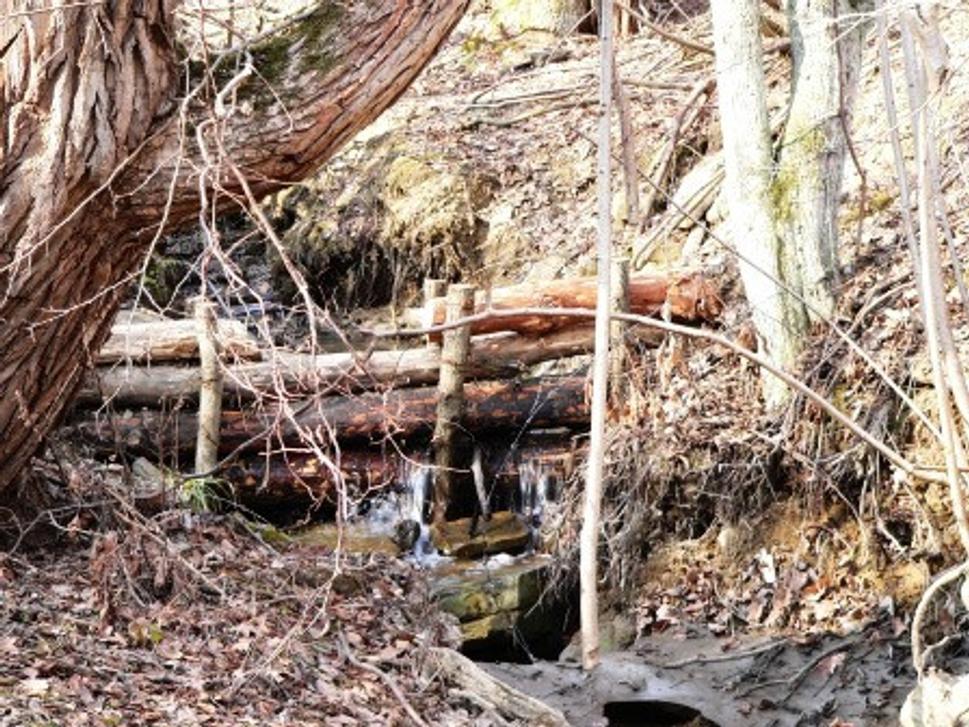
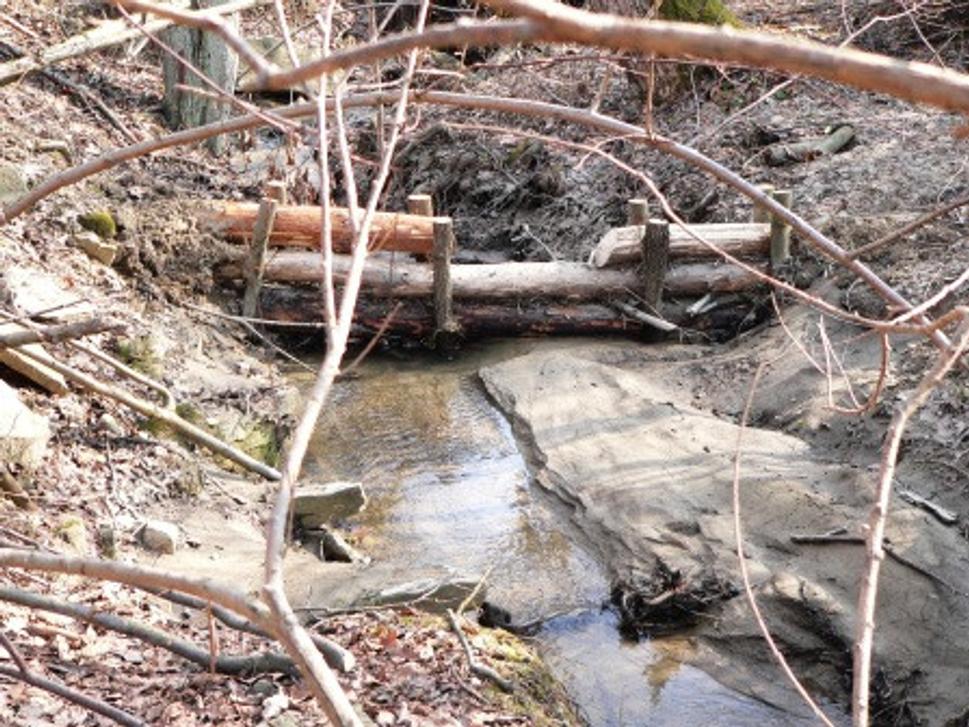
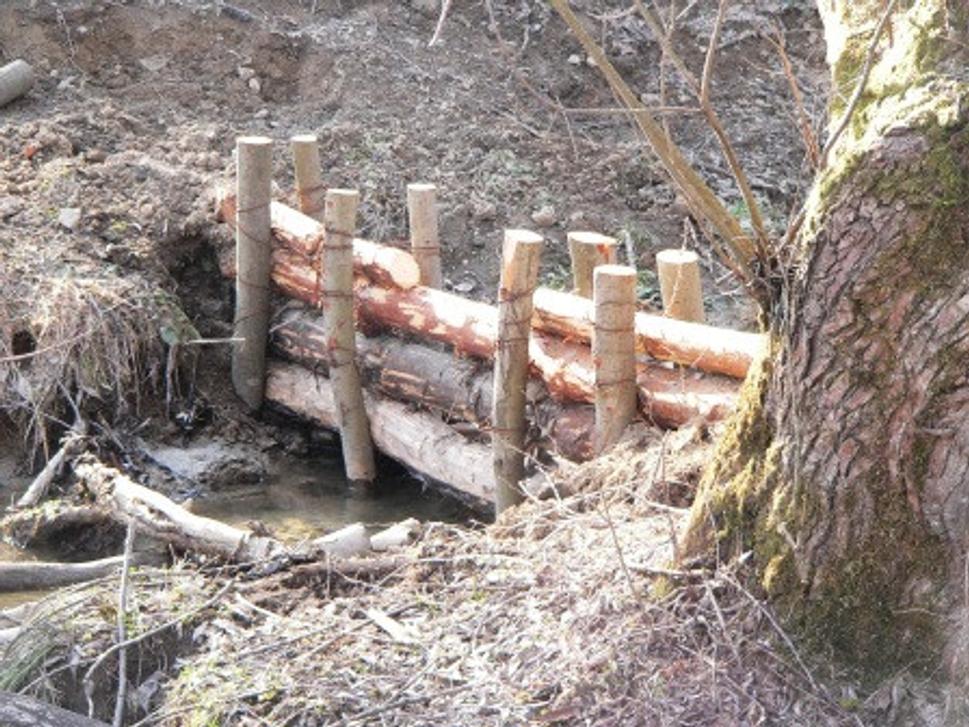
The Village has implemented rainwater harvesting storage tanks like this:

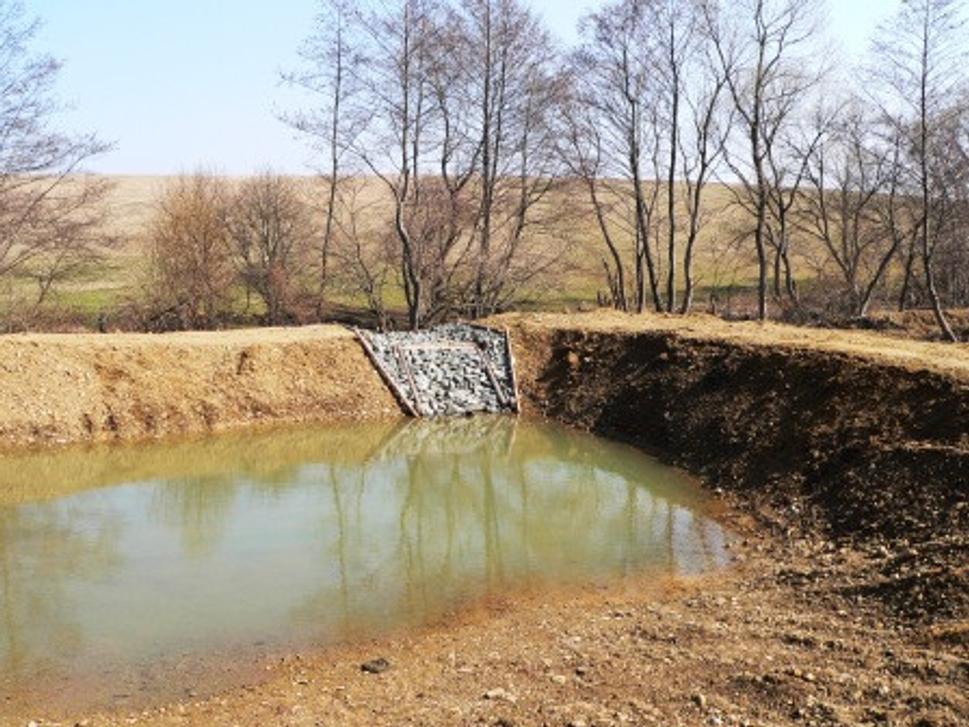
The experiences from Portugal
I point out, that the municipality co-finances project of stream regulation by 250,000 €, which is 40% of the investment needed for flood protection of the community in alternative solution through the Landscape revitalization program. If the municipality would use the §50j of the Act on employment and would create 30 jobs per year, the costs of the village would decrease to 150,000 € and the value of construction work would reach 600,000 €. The village would have been doomed to success and not the decline. On the municipality land a variety of lakes and ponds could occur which would make the country more attractive, as is done for example in the Tamera project in Portugal.
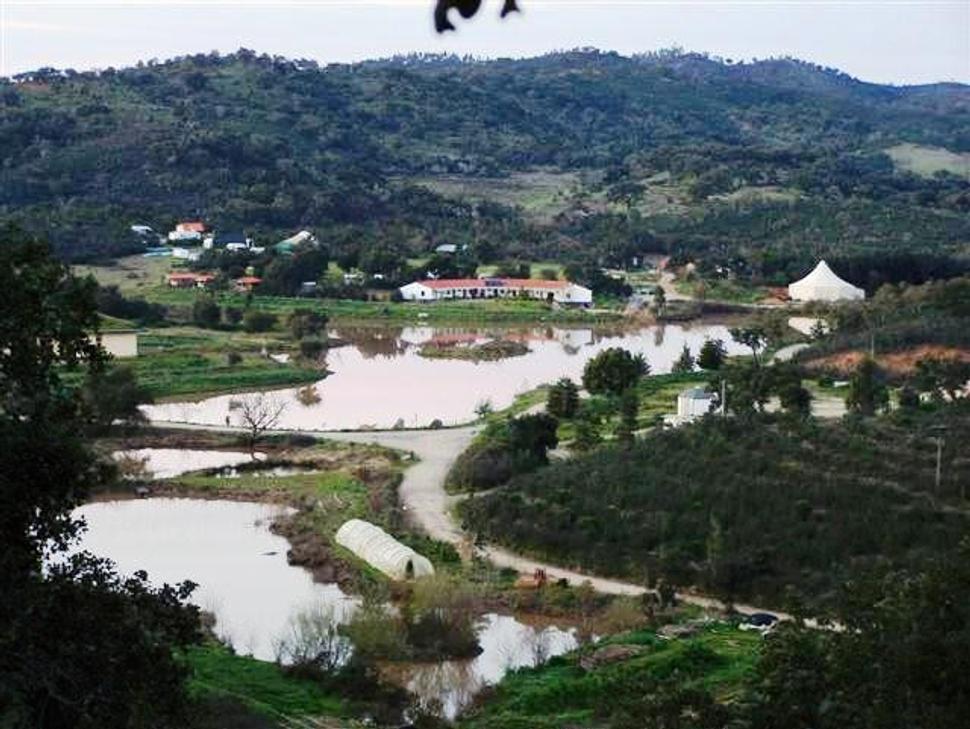
This would initiate a further added value consisting in the development of local economy. Experts say the project Tamera addressed up to 80% of all related economic problems. The above mentioned principle of flood protection through the regulation of streams does not facilitate such possibilities.
By solving the flood protection through the landscape revitalization, not only community and state money, but also money of the European Union will be saved. The saved money can finance 7 other projects in neighboring villages. This will create 240 jobs for three years in the region where the problem is to get any work. This will ensure prevention of flooding and create inventory of water resources in the region, which will start its economic prosperity - the attractive environment will contribute to the development potential of the village. There will be a substantial contribution to the prevention of climate change as well.
Who breaks the law?
Such a solution to prevent floods is hard to digest for conservative water managers. Probably that's why they are trying- via Brussels- to stop the government program of landscape revitalization. Allegedly, for non-compliance to the EU legislation. According to the opponents, the revitalization projects implemented in the landscape are in conflict with the European legislation, they were not considered by Act no. 24/2006 on Assessment of the impact of the investment on environment. All of them know, that landscape revitalization program was created in response to the disastrous floods in 2010, and that the protection of civilians against natural disasters is a top priority, which is in accordance with the laws of the Slovak Republic and the European Union.
The critics of the landscape revitalization program should be reminded that for all projects of water streams regulation Environmental authorities have decided that the projects will NOT be assessed according to the Act No. 24/2006. From the Operational Programme Environment, 77 million euros are invested for flood protection, where the application of Law no. 24 on the assessment of environmental impact was a condition for obtaining financial support. In the case of a landscape revitalization program, the financial resources of the European Social Fund in the amount of € 18 million were used to create jobs in maintenance and restoration of damaged parts of the landscape. For job creation the obligation to apply Act. No. 24/2006 does not apply.
How to go on
I see it so, that in order to stop one of the most ambitious projects of the modern history of Slovakia, someone undertook to abuse Brussels in the spirit of Slovak traditions, that Slovakia will continue drown in high-risk of natural disasters, insecurity and economical decline, which is not a coincidence, but relapse. In addition, to be an innovative example for others is also not common in our country. We should be more responsible in taking care for our landscape and not complain to Brussels as little kids. Complaining to Brussels is lackeyship speech and irresponsible approach for ones life, nature and economy.






